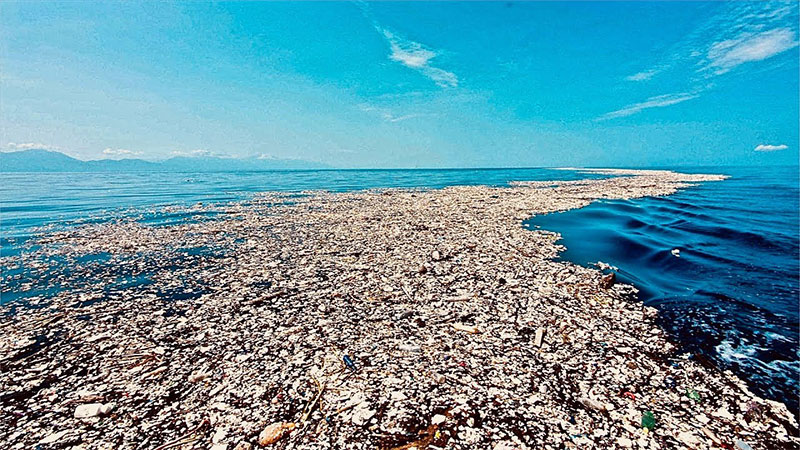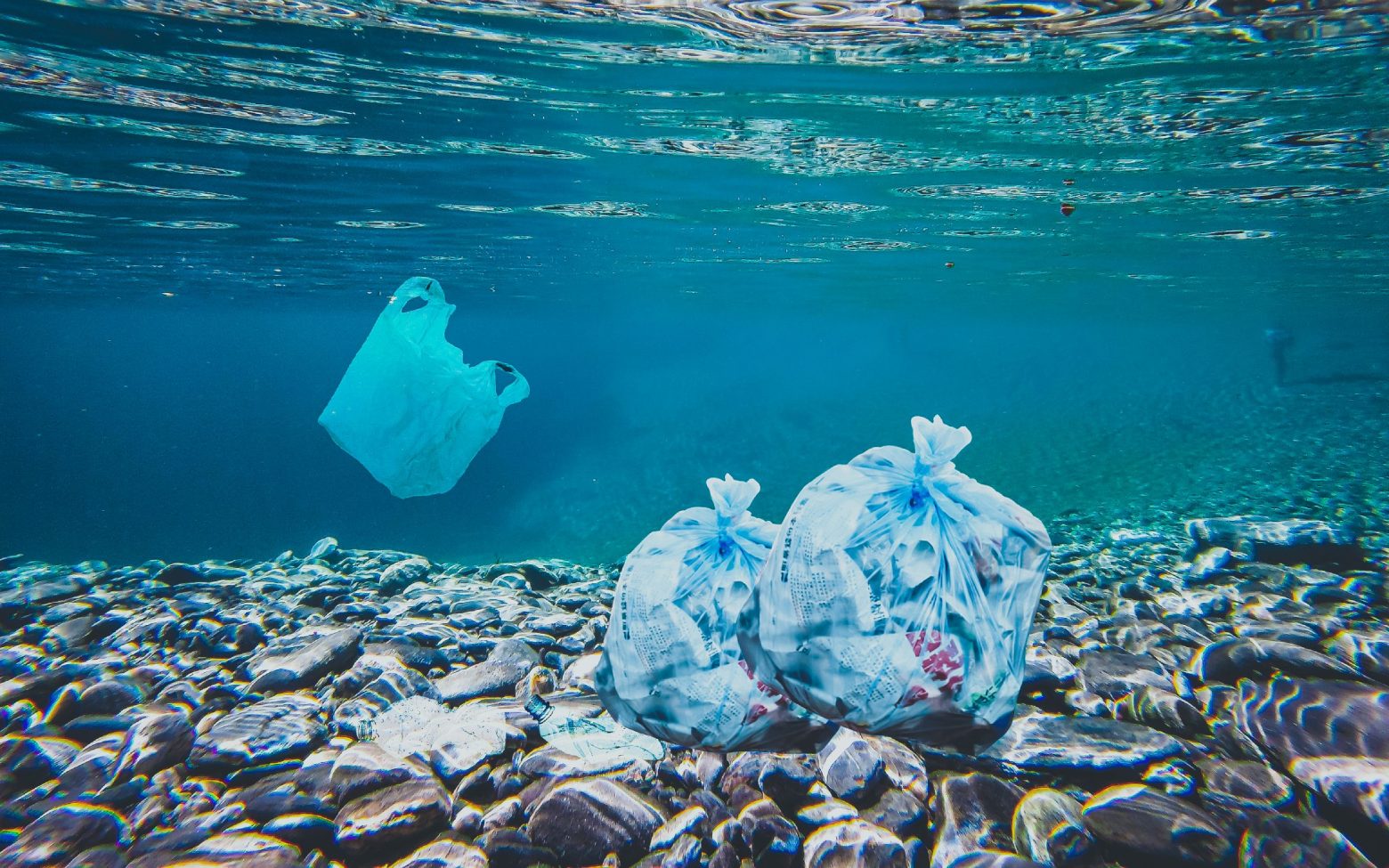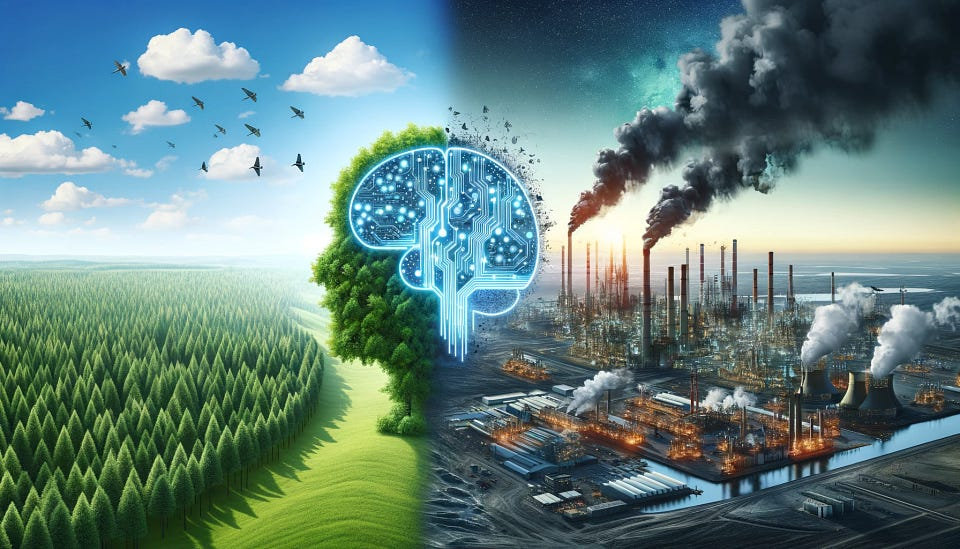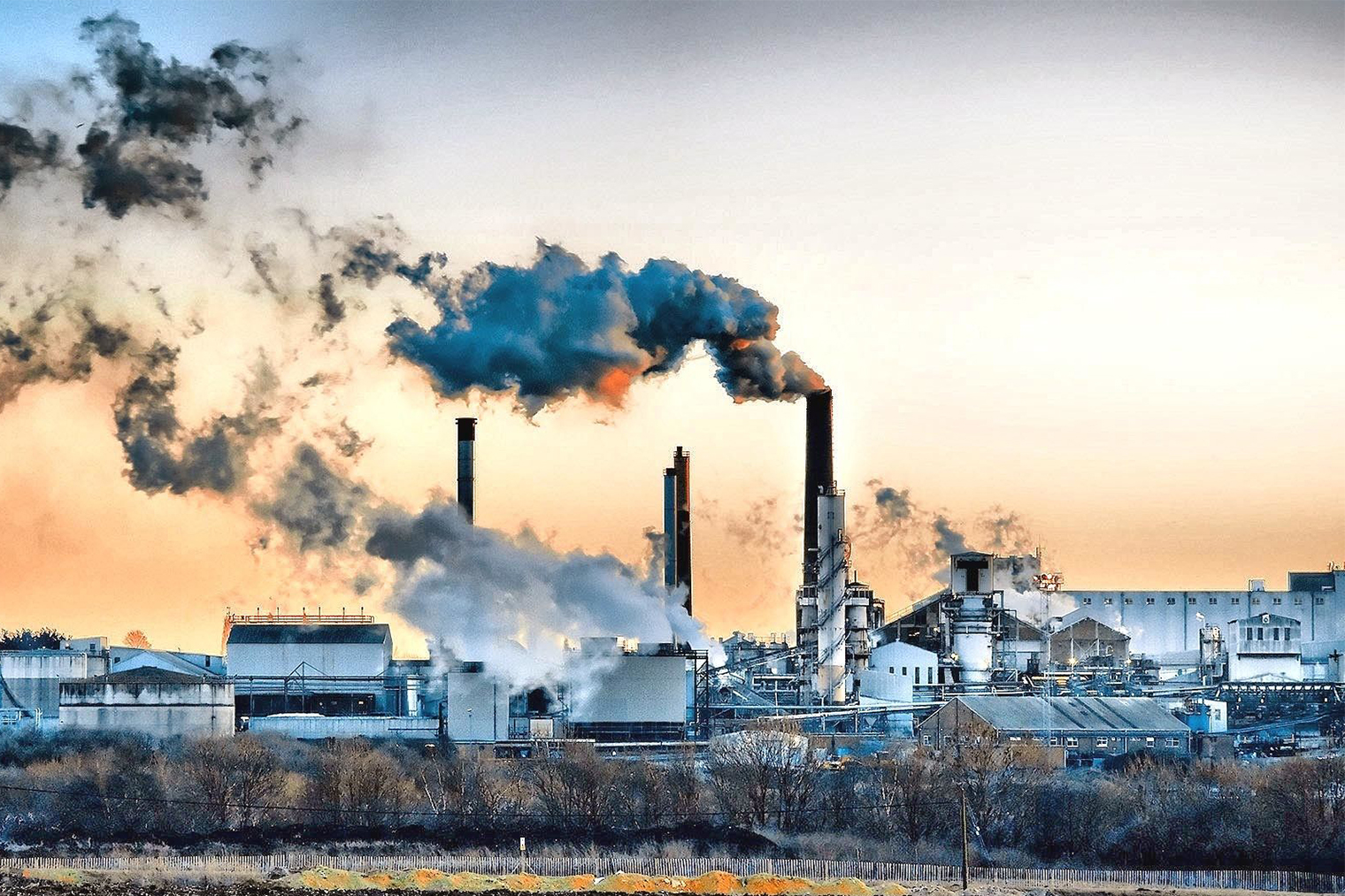- Most people think of plastic pollution as bottles on the beach or garbage floating in the sea. But what if I told you the real problem is much deeper—literally?
- According to UNDP, about 89% of plastic waste on the ocean floor is made up of single-use plastics.
Most people think of plastic pollution as bottles on the beach or garbage floating in the sea. But what if I told you the real problem is much deeper—literally? According to United Nations Development Programme (UNDP), about 89% of plastic waste on the ocean floor is made up of single-use plastics.
These are the items we use for a few minutes—like plastic bags, straws, food wrappers, and disposable cutlery—but that stay in the environment for hundreds of years.
You may have heard of the Great Pacific Garbage Patch, a floating island of trash that's three times the size of France. But what's more shocking is the amount of plastic sinking to the bottom of the ocean, out of sight, but still causing damage. These plastics don't just sit there harmlessly.

Read More
Over time, they break down into microplastics that fish and other sea animals swallow—and eventually end up in the food we eat.
Every year, up to 13 million tonnes of plastic end up in the ocean. That's the same as dumping one garbage truck full of plastic into the sea every single minute. Yet, out of all the plastic we make, only 9% is ever recycled. The rest ends up in landfills, gets burned, or leaks into nature—including rivers and oceans.
Single-use plastics are especially problematic. They're cheap to make, used briefly, and then thrown away. And because they're often dirty or brutal to sort, they rarely get recycled. This makes them one of the biggest threats to ocean health.
The effects are severe. Plastic kills marine animals, damages coral reefs, and pollutes entire ecosystems. It also harms coastal economies, such as tourism and fishing. Cleaning it up costs money—and even then, we can't catch it all.
So what can be done?
We need to change how we think about plastic—especially single-use plastic. Cleanup efforts help. But they're not enough. We need to stop the problem at the source.
Governments should create strong laws to reduce plastic production and waste. Businesses must stop using unnecessary plastic packaging and switch to better alternatives. And as individuals, we all have power too.
We can carry reusable bags, bottles, and containers. We can avoid plastic-wrapped goods when possible. And we can support companies that care about the environment.
This isn't just an ocean problem. It's a human problem. The plastics we throw away don't disappear. They end up in the water, in the fish, and eventually—on our plates.
It's time to ask ourselves: Do we need that plastic straw, that bag, that wrapper? Or can we choose something better—for the planet and ourselves?
The choice is ours. But we need to act now, before the damage becomes permanent.







